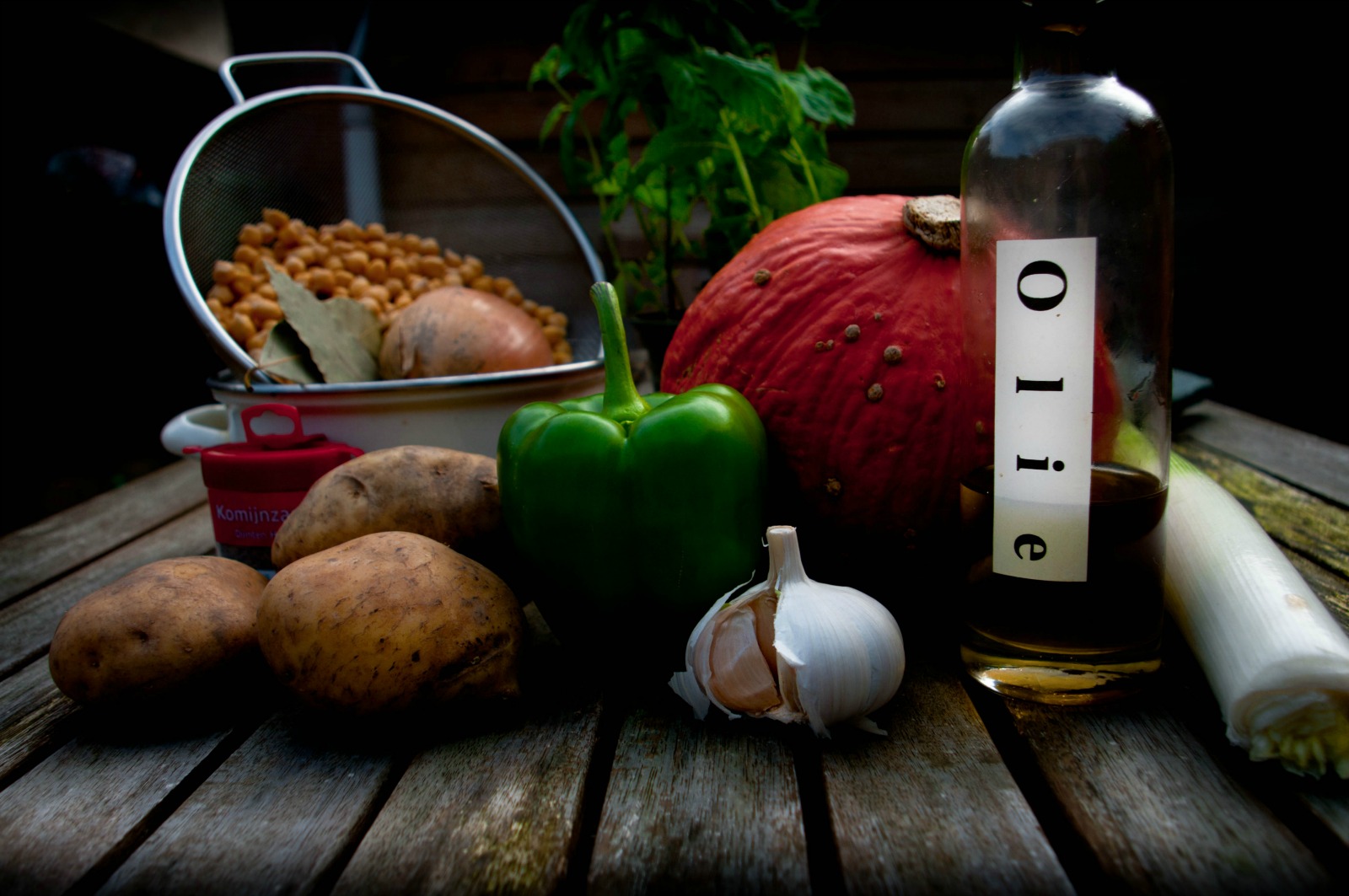Growing Peppers Indoors – Guidelines & Tips
Growing peppers indoors is possible all year round, though they are best grown in the warmer months, typically from early spring to late autumn. With the proper preparation and care, you can enjoy homegrown hot or sweet peppers in the comfort of your own home.
Location & Lighting
Ideally, you should find a location for your pepper plants with access to bright sunlight for at least six hours each day. If you have a south facing window, the intense sunrays that come through it will bring about the best pepper growth. Artificial grow lights are also a great option, and they can be timed to your plants’ needs, such us providing light for 16 hours then turning off for 8.
Soil & Water
For growing peppers, you want to use a well-draining soil mix with plenty of organic matter. You can adjust potting soil, but it is best to use a soil that is specifically made for peppers. As for moisture, the soil should remain consistently moist, but not so wet that it turns soggy. When watering, make sure the water reaches the bottom of the pot as this is where the roots are most likely to be.
Fertilizing & Pruning
Since peppers are heavy feeders, fertilization must not be neglected. Fertilizers should be applied every two weeks or so, though you should always keep an eye on the leaves – if they start to yellow in color, cut back on the fertilizer.
Regular pruning is also important as it allows for better air flow and helps to increase the number of peppers produced. To prune peppers, you want to snip off the tips of the stems, leaving only two leaves per section. Removing blossoms at the beginning of the season can also help the plant focus its energy on root and stem growth, rather than fruit production.
Harvesting & Storage
Once your pepper plants are ready, you can begin harvesting. Bell peppers can be harvested when they reach their full size and coloring (green for ripe, and red for fully-ripe). Some varieties, such as habaneros, can be harvested when they are still green.
Harvested peppers can be kept in the refrigerator up to 10 days if left in their original packaging. If you plan to store them for a longer period of time, freezing is the best option. Peppers can also be canned, pickled, or dried for maximum shelf life.
Conclusion
By following the steps and guidelines provided in this article, you should be able to enjoy a successful pepper growing experience in the confines of your own indoor space. Whether you’re just starting out or have been growing peppers for a while, understanding the basics and having the right supplies are essential to ensuring a good harvest.



